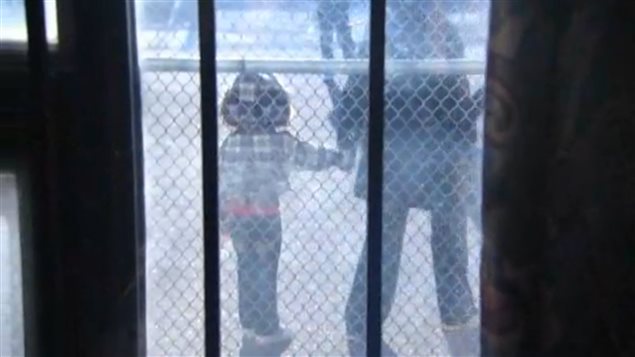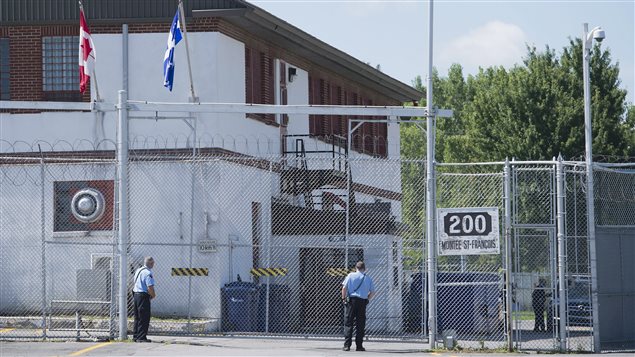Canada’s border agency will start using voice reporting and electronic tracking tools to keep tabs on some foreign nationals suspected of immigration violations as an alternative to detaining them, Public Safety Minister Ralph Goodale announced Tuesday.
Under Canada’s immigration rules, the federal government can detain foreign nationals seeking to enter or remain in Canada in cases where a person’s identity is unknown, or where the person may be unlikely to appear for an immigration proceeding or is deemed to pose a security threat.
The system, which allows the federal government to detain some foreign nationals indefinitely, has been criticized by human rights advocates and slammed as “Kafkaesque” by an Ontario Superior Court judge.
According to the Canada Border Services Agency (CBSA), there are, on average, 450 to 500 people who are detained at any given time under the Immigration and Refugee Protection Act.
- Canada to upgrade its immigration detention system
- Judge slams Canada’s system for detention of asylum seekers
Reforming ‘Kafkaesque’ system

The Liberal government says it wants to cut the number of children “detained as a last resort” as much “as humanly possible.” (CBC/File photo)
Upon assuming power at the end of 2015, the Liberal government promised to reform the immigration detention system by improving detention conditions, cutting the number of minors in detention as much “as humanely possible” and by coming up with a system that offers alternatives to detention.
On Tuesday, Goodale officially announced the introduction of new tools developed in close consultation with various organizations and advocacy groups, including the United Nations High Commission for Refugees (UNHCR) in Canada and the Canadian Council for Refugees, as part of its effort to find alternatives to detention.
They include:
- Community Case Management and Supervision Services (CCMS): This alternative offers in-community tailored case management services to individuals released from detention. The CBSA is contracting with service providers located across Canada, including the Salvation Army, the John Howard Society of Canada, and the Toronto Bail Program.
- Voice Reporting (VR): The VR system will use biometric voiceprint technology to enable as many as 10,000 individuals to report to the CBSA at agreed upon intervals, using either cellphones or landlines.
- Electronic Monitoring (EM): As a pilot program dealing with up to 20 cases, EM will be test-run in the Greater Toronto Area as an ATD for individuals who require a higher level of intervention to ensure the risks they present are properly mitigated.
“The introduction of an expanded Alternatives to Detention Program is a pillar of CBSA’s efforts to treat people within the immigration system with the utmost dignity and respect, while balancing the need for public safety,” Goodale said in a statement.
UNHCR Representative in Canada Jean-Nicolas Beuze welcomed the Liberal government’s new initiative as a major milestone.
“Keeping children and their families out of detention and ensuring families stay together is in the best of interests of children,” Beuze said in a statement. “UNHCR believes that there are effective ways to manage borders and guarantee security without resorting to the detention of people who are seeking safety in Canada, and Minister Goodale and Canada must be commended for taking a major step into this direction.”







For reasons beyond our control, and for an undetermined period of time, our comment section is now closed. However, our social networks remain open to your contributions.